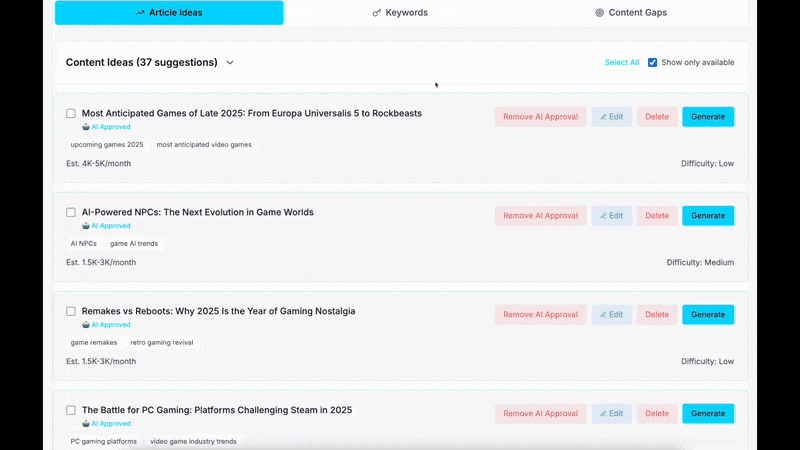How Blogging Regularly Can Increase Blog Traffic Fast
Publishing content consistently is one of the most reliable ways to increase blog traffic, especially for digital marketers, SEO professionals, and content creators looking to scale their online presence fast. In 2025, the landscape has shifted — competition is fierce, algorithms are smarter, and AI-driven platforms are changing how audiences discover and consume content.
Why Regular Blogging is a Traffic Multiplier
Regular blogging builds topical authority, trust, and visibility. When you publish consistently, search engines like Google see your site as active and relevant, increasing your chances of ranking for competitive keywords.
Blogging daily or weekly builds topical authority. Google rewards sites that consistently update and expand their content footprint.
— Neil Patel
The Data Behind Frequent Blogging
Research shows a clear correlation between publishing frequency and traffic growth:
| Metric | Value | Source |
|---|---|---|
| Brands that blog regularly get more visitors | 55% increase | HubSpot, 2025 |
| Marketers reporting YoY traffic growth | 62.8% | Siege Media, 2025 |
| Posts with images get more views | 94% increase | NPTechForGood, 2025 |
Strategic Publishing Frequency
The optimal publishing frequency depends on your resources and goals, but for rapid traffic growth, weekly or even multiple times per week is ideal:
- Weekly cornerstone posts — In-depth guides targeting primary keywords.
- Midweek quick insights — Shorter posts covering trending topics.
- Monthly refreshes — Update older posts with fresh data.
Leveraging AI for Speed and Quality
Platforms like Seozilla allow marketers to automate keyword research, content outlining, and even drafting, while keeping human oversight to ensure quality. This hybrid approach lets you publish more without sacrificing value.
Using AI, you can:
- Identify emerging topics before competitors.
- Generate SEO-friendly outlines in seconds.
- Optimize on-page elements for both Google and LLM discovery.
Case Study: Rapid Traffic Growth
A mid-sized SaaS company used Seozilla to plan and publish three blog posts per week. Within 90 days:
| Metric | Before | After |
|---|---|---|
| Monthly Organic Visits | 5,000 | 12,500 |
| LLM Mentions | Low | High |
| Keyword Rankings | 120 | 280 |
The spike in LLM mentions was particularly impactful — users searching via ChatGPT began receiving answers sourced from the company's blog.
Advanced Techniques for 2025
Beyond consistency, consider:
- Topic clustering — Group related posts to dominate niche searches.
- Schema markup — Helps both Google and LLMs understand your content.
- Internal linking — Guides readers and distributes authority.
- Multi-platform promotion — Share posts across LinkedIn, X, and email lists.
Common Challenges and Solutions
Challenge: Running out of ideas.
Solution: Use keyword gap analysis in Seozilla to find untapped topics.
Challenge: Maintaining quality at high frequency.
Solution: Draft with AI, edit with human expertise.
Challenge: Measuring LLM traffic.
Solution: Track referral patterns and mentions in AI outputs.
Future Trends
Expect LLM integration in search to deepen, making AI visibility as important as Google rankings. Blogs will need to be structured, authoritative, and regularly updated to stay relevant.
Summary Insights
Regular blogging remains a cornerstone of traffic growth, but in 2025 it's about combining frequency with strategic optimization. By aligning your publishing schedule with SEO best practices and LLM visibility strategies, you can accelerate traffic gains.
Consistent blogging is still one of the fastest ways to increase blog traffic, but the game has evolved. Digital marketers and content creators must:
- Publish regularly with purpose.
- Optimize for both search engines and LLMs.
- Refresh content to maintain authority.
- Leverage AI tools like Seozilla for efficiency.
The takeaway? In an era of algorithmic discovery and AI-driven answers, your blog's visibility depends on being present, relevant, and optimized — every single week.
Want to see more articles written by SEOZilla? Our whole blog is written on autopilot!
Check out our Blog

